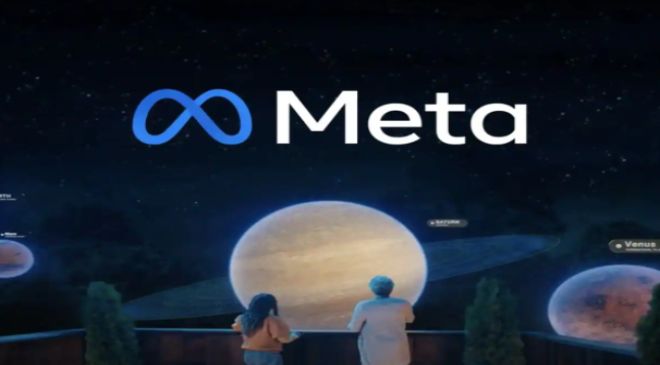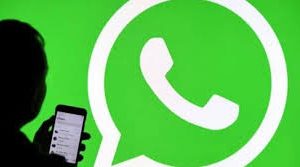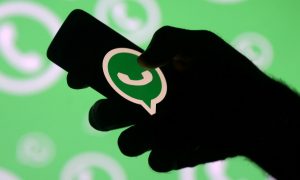Twitter announced last month that starting April 1, verified users will lose their legacy blue checkmark unless they subscribe to Twitter Blue. After taking over the company late last year, Elon Musk is increasingly looking at newer streams of revenue, including its Twitter Blue subscription, which allows any user to pay for the cherished blue tick. Notably, the company had also announced its plan to restrict its SMS-based two-factor authentication mode to only Twitter Blue subscribers. Not just that, but only verified accounts will appear in Twitter’s recommendation feed, Musk announced last month. Although he claims the move “is the only realistic way to address advanced AI bot swarms taking over”, it is clearly another push towards Twitter Blue. While it gives the company some cash, verified users might see an increase in their visibility.
So, should you subscribe to Twitter Blue?
It is not just Twitter that is pushing its subscription feature. Facebook and Instagram parent Meta in February launched Meta Verified, subscribing to which the users can get the verified checkmark along with a host of other features. The paid verification feature was first launched in Australia and New Zealand, followed by the United States. Notably, Twitter Blue was launched in India in February after its initial launch in November in the US and New Zealand. The features offered by Twitter and Meta subscriptions are different and so is the fee demanded. So which one is better?
Read More:-PNB new rule: Insufficient funds in account may incur charges for ATM transactions, check details
Although anyone can opt for the Twitter’s paid verification feature, there is a set of eligibility criteria to do the same. These include that the account should be at least 90 days old, and active for the past 30 days, it should have a display name and profile photo and should have a confirmed phone number. Apart from these, the account should not have any recent changes to profile picture, username and display name.
Not just that, the account should have no signs of being misleading and deceptive or engage in spam and platform manipulation.
Once subscribing to Twitter Blue, you get the following features:
- Blue checkmark
- Ability to post longer tweets up to 4,000 characters unlike 280 characters for non-subscribed users
- Post longer videos of up to 60 minutes
- Edit and undo tweets in a given period of time
- Your replies to tweets you interact with are prioritised thus improving visibility
- Access to two-factor authentication via SMS
- Read More:-PAN, Aadhaar made mandatory to invest in PPF, SSY, other small saving schemes – Details
There is another feature, which reduces the number of ads you see. However, it is yet to be launched. In India, you can buy Twitter Blue at Rs 650 on the web and Rs 900 on mobile devices. Notably, Twitter provides distinct checkmarks as per the account type – blue for personal accounts, gold for businesses and gray for government and official accounts. According to media reports, the company is considering charging $1,000 for the gold checkmark accorded to businesses.
Read More:-UPI transactions crossed high of Rs 14 lakh crore in March
Meta Verified
Although yet to be launched in India, Meta‘s Verified is pricier than Twitter Blue. The subscription costs $11.99 (approx Rs 980) per month on web and $14.99 (approx Rs 1,230) on mobile. Just like Twitter, there are some eligibility criteria one needs to meet, which includes the user must be at least 18 years old and have a government-issued ID, the account must be active, has two-factor authentication enabled, apart from others.
Read More:-8th Pay Commission may dwarf 7th Pay boost for central government employees, details inside
Subscribing to Meta Verified gets you features such as:
- Blue checkmark
- Increased visibility and reach
- Increased protection from impersonation
- Access to a real person for account issues
- Read More:- New financial year: 17 new rules investors need to know from today
Notably, “purchasing a Meta Verified subscription on Instagram will not transfer over to your Facebook account,” the company says. Hence, it will cost double to get the blue badge for both Facebook and Instagram, which makes the feature pricier. Also, only personal accounts are eligible for the feature and not businesses. A difference between Twitter and Meta here is that while the former is eliminating the legacy checkmarks, Meta is retaining them. Despite the price associated, the blue verification badge, whether paid or unpaid, continues to be popular as it increases trustworthiness and often allows a user to build her brand. However, the paid system remains contentious. Not only does it put the trustworthiness factor into question, it can also give bad actors a free ground to spread misinformation and even indulging in scam, as others might take the account as authentic due to the blue tick beside the name. The way how this is tackled is crucial to watch.





































